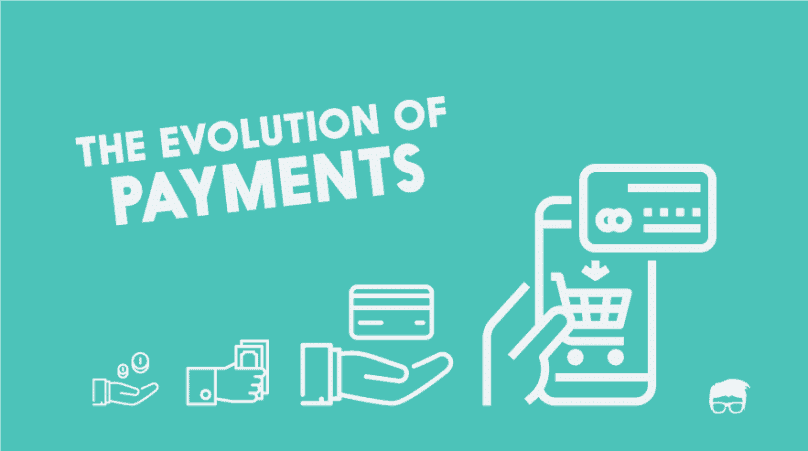
The Evolution of Payment Systems: A Journey through Time
Throughout centuries, payment systems have undergone a gradual evolution to reach the advanced stage we see today. From the era of barter trade, where goods and services were exchanged for other goods and services, to the introduction of coins and paper money, we have witnessed continual improvements aimed at enhancing efficiency.
In today’s world, we rely on modern technology to process payments through digital methods like mobile wallets and cards. It’s expected that we’ll soon be using digital currencies for payments as well. The need for faster and more secure payment options has led to ongoing advancements in this field. This article gives a comprehensive historical overview of how payment methods have evolved. We focus on the step-by-step from barter trade to the current cryptocurrency systems.
The Dawn of Trade: Bartering Systems
The interesting history of payment systems dates back to the historical barter trade payment methods. The method involved the exchange of goods for goods and services for services. The payment method appears primitive. However, it was necessary, and it helped our forefathers obtain the goods and services they needed to survive. Despite its extraordinary advantage, the barter trade method also had drawbacks because it lacked a standard measure of value. In addition, fulfilling the trade required a coincidence of wants.
The Emergence of Commodity Money: The Introduction of Standardization
Over time, there was a need to overcome the limitations. Therefore, society introduced commodity money, a vital breakthrough in the evolution of payment systems. In the past, people used silver, gold, salt, and livestock as a currency because they were highly sought-after and had inherent value. The transition provided a standard measure of value. In addition, it facilitated trade hence boosting economic activities.
The Birth of Coinage and Paper Money: Formalizing Exchange
The next milestone of payment systems was the introduction of coins. The Lydians produced the first coin around 600 BC. This significant step marked a new beginning of formalized currency. In addition, it allowed the society members to exchange smaller and specific values, increasing trade efficiency.
During the Tang Dynasty, the invention of paper money by the Chinese further revolutionized the payment system. Payments became easier, and paper money was easier to carry around, could represent larger values, and brought forth significant development of complex banking systems to facilitate the production and storage of money—notably, the paper bills required verification and validation systems to establish trust.
Check and Credit Cards: The Shift to Cashless Payments
With time, societies became more complex, with more and more daily transactions. People needed safer and more convenient payment systems. In the 17th century, checks were introduced. Initially, only the wealthy used the checks. Checks allowed people to carry huge sums of money without carrying it in cash.
In the mid-20th century, the Diner’s Club founded the first universal credit card. Credit cards marked a vital shift towards cashless transactions, making payment more straightforward, safer, and convenient. The ability to extend credit made the cards more popular, boosting commerce even more through the digital era.
Electronic Payments and Online Banking: The Dawn of the Digital Age
In the late 20th century, electronic payment systems emerged. ATMs and EFTPOS systems were introduced for automated banking and electronic transactions. The machines made money transfer very convenient. Customers were no longer required to visit banks or carry large amounts of money to make payments.
Further, the PayPal payment system evolved following the rise of the internet. PayPal supported immediate, remote transactions changing the way businesses operated.
Cryptocurrencies and Mobile Payments: The Future of Payment Systems
Currently, we have the most advanced payment systems; mobile payment and cryptocurrency payment methods. Mobile payment apps such as Venmo, Zelle, and Apple Pay have improved the convenience of immediate, peer-to-peer payments directly from users’ smartphones. Also, the sender and recipient can be in a different location.
Cryptocurrencies such as Bitcoin have established a new form of digital asset-based payment. Cryptocurrencies use Blockchain technology, offering a decentralized, secure, and anonymous method of value transfer.
Embracing the Future of Payment Systems
The evolution of payment systems represents humanity’s endless drive to achieve convenience, security, and efficiency. From barter trade to Bitcoin technology, every stage has made payments more effortless, secure, and faster, accelerating global economic growth and connecting people to their desired businesses like never before.
New transaction technologies, such as contactless payments and digital wallets, have emerged as we approach the future. Besides, biometric payment systems are redirecting commerce even more. The continued evolution of payment systems indicates the ingenuity and adaptability of societies, serving as evidence that with trade, innovation is inevitable.
Ultimately, the history of payment systems and their evolution is fascinating. As we advance from one era to the next, we get closer to the seamless, instantaneous, and universally accessible world of transactions. As we anticipate more discoveries in payment systems, the future holds more possibilities in commerce.
Article Sources
https://www.investopedia.com/articles/07/banking.asp
https://www.investopedia.com/ask/answers/061615/what-difference-between-barter-and-currency-systems.asp
https://www.investopedia.com/articles/financialcareers/09/ancient-accounting.asp
https://www.feedough.com/the-evolution-of-payments/
